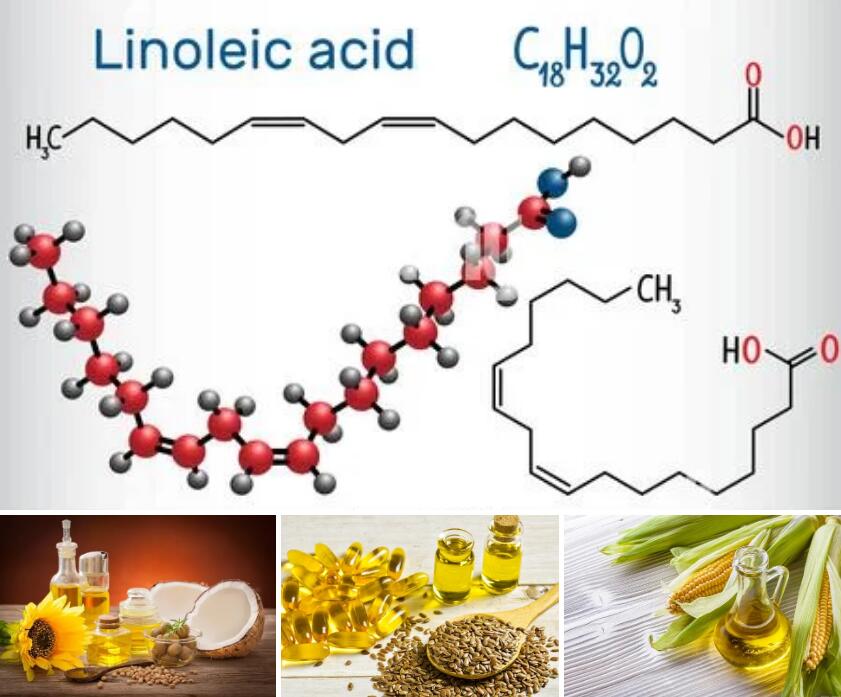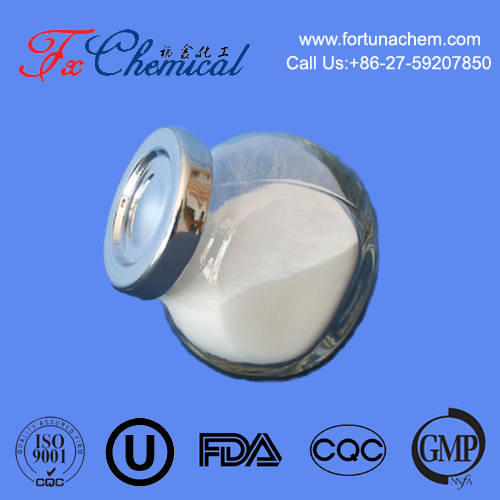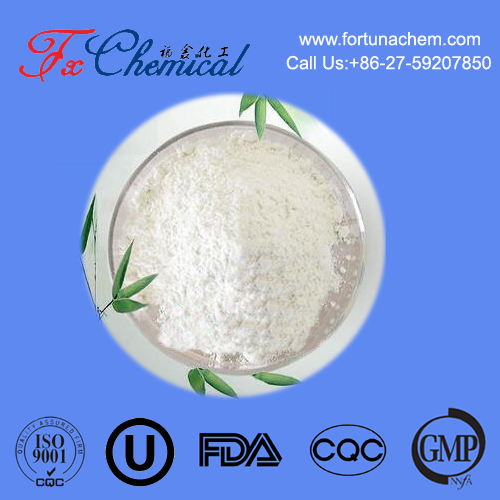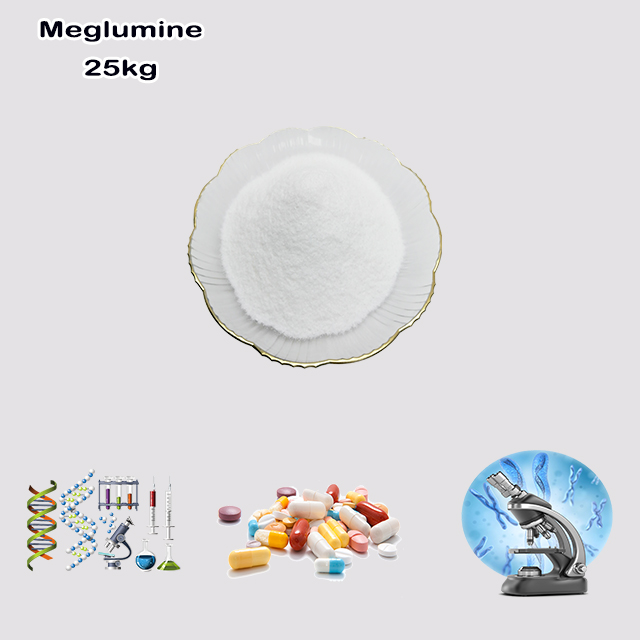
Search

Search

Linoleic acid (LA) and conjugated linoleic acid (CLA) are both forms of polyunsaturated fatty acids (PUFAs), but they have somekey differences:
1. Structure:
Linoleic acid (LA) is an omega-6 fatty acid with the chemical structure: C18H32O2. It has two
double bonds located at the 9th and 12th carbon atoms from the omega end. - Conjugated linoleic acid (CLA) is a group of isomers of linoleic acid with conjugated double bonds. The most common isomers are cis-9, trans-11 and trans-10, cis-12. These isomers have different configurations of double bonds, resulting in slightly different properties.
2. Sources:
Linoleic acid is primarily found in vegetable oils such as soybean oil, sunflower oil, and corn oil. Conjugated linoleic acid is found in small amounts in meat and dairy products, particularly from grass-fed animals.
3. Health Benefits:
Linoleic acid is an essential fatty acid necessary for human health, primarily known for its role in maintaining the integrity of cell membranes and supporting brain function. - Conjugated linoleic acid has been studied for various potential health benefits, including its anti-inflammatory properties, its potential to aid in weight loss and body composition improvements, and its role in reducing the risk of certain diseases like cancer and heart disease. However, more research is needed to fully understand its effects and mechanisms.
4.Metabolism:
Linoleic acid is metabolized in the body through various pathways to produce different metabolites, which have different physiological effects.
Conjugated linoleic acid is also metabolized in the body, but its metabolism may differ from that of linoleic acid due to its unique structure.
In summary, linoleic acid and conjugated linoleic acid are related compounds with some overlapping functions but distinct differences in structure, dietary sources, and potential health effects.
Which food with high linoleic acid?
In addition to oils, several foods contain high levels of linoleic acid due to the oils used in their preparation or as ingredients. Some examples include:
1. Margarine
2. Salad dressings made with soybean, sunflower, safflower, or corn oil
3. Mayonnaise
4. Processed snacks and baked goods made with vegetable oils (e.g., potato chips, crackers, cookies)
5. Fried foods cooked in vegetable oils (e.g., French fries, fried chicken)
6. Nuts and seeds (e.g., sunflower seeds, pine nuts, pumpkin seeds) - although the linoleic acid content can vary among different
types of nuts and seeds.
These foods may contain significant amounts of linoleic acid depending on the type and amount of oils used in their preparation.
Is linoleic acid saturated or unsaturated?
Linoleic acid is an unsaturated fatty acid. Specifically, it is a polyunsaturated fatty acid (PUFA) with two double bonds in its carbon chain.
What oils with high linoleic acid ?
Oils that are high in linoleic acid include:Soybean oil,Sunflower oil,Safflower oil,Corn oil,Grape seed oil,Cottonseed oil,These oils are commonly used in cooking and food processing due to their high linoleic acid content.
Wuhan Fortuna Chemical Co.,Ltd is a professional manufacturer which provide Linoleic Acid with good quality and best price, welcome to contact us to get COA/TDS/MSDS of Linoleic Acid.

Quick Links
Add:
E-mail:
 English
English  Español
Español  français
français  العربية
العربية 



